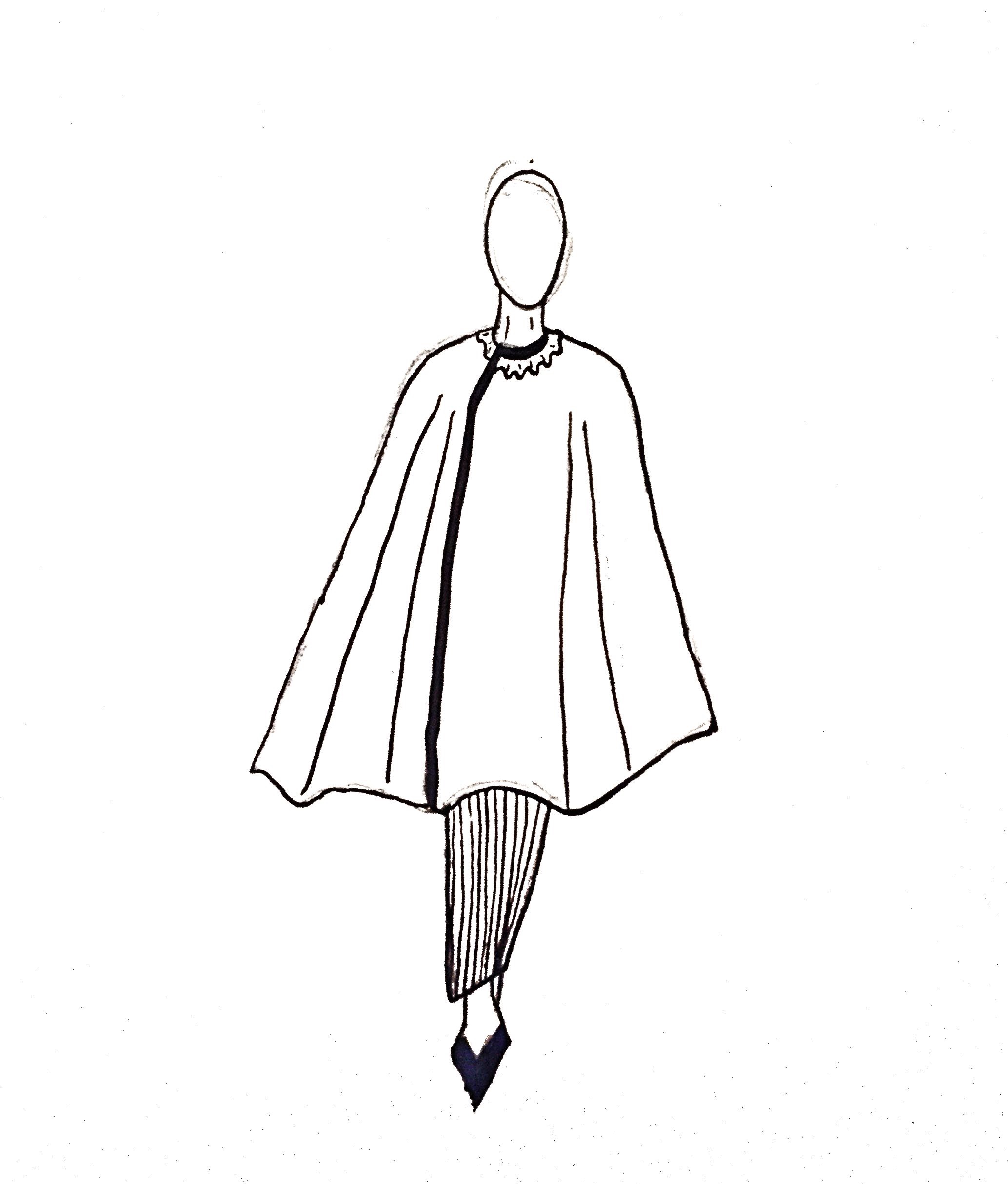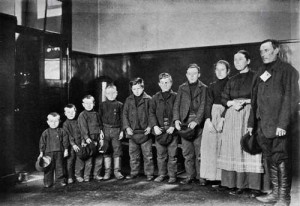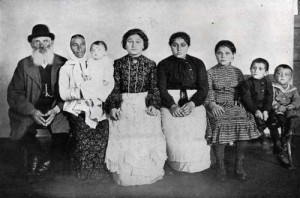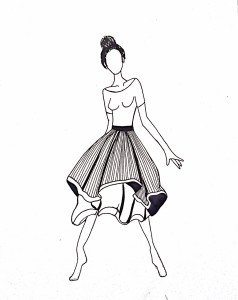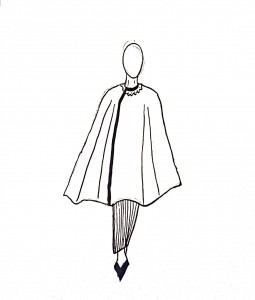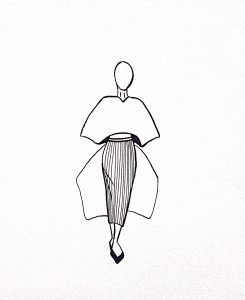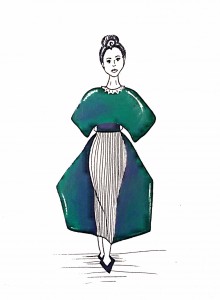Those are pictures of German families who immigrated to the United States. Big German families immigrated to the United States in the 19th century. According to Virginia Yans-McLaughlin who wrote the book “Ellis Island and the peopling of America”[1], most of them settled in different places around the north east of America, and the ones who settled in New York entered through and island called Ellis Island.
The immigrants at that time left their home countries with absolutely nothing; they were poor families, as described by Farley Ward Grubb in his book “German immigration and servitude in America”[2]. They were big families who sacrificed a lot to leave to the United States, for that, all family members worked, no one stayed at home. Most of them had experience with farming and planting, others cooked and worked in markets. However, according to the National Geographic magazine[3], Germans took over the Upper East Side in New York, and it didn’t take them long until they figured how to handle the finance and their expenses, because it started to feel more like home and the Upper East became a German community.
Talking about their religion, the author Avraham Barkai, said in his book “Branching out: German-Jewish immigration to the United States”[4] that most German Immigrants at that time were Jewish, and that the Jewish religion started in Germany at the 15th century. This of course explains why women’s clothes covered-up all their bodies.
As you can see in the picture, women clothes weren’t stylish, nor fancy. Their clothes were mostly practical for work. Women wore long, long-sleeved dresses, with aprons wrapped around their waists, or long-sleeved blouses tucked into long skirts. Blouses were mostly made of patterned fabric, the skirts and dresses were plain with ruffles at the bottom end. The aprons were striped most of the time. Women made their clothes themselves, as Farley Ward Grubb said in his book 2, they first didn’t have enough money to but clothes, and they sewed at home. You can kind of tell that they made their own clothes because the dresses somehow look like their traditional clothes but in a simpler way.
Women’s German traditional clothes are long dresses with patterned aprons wrapped around their waists, which makes it practical for women to work at different places like farms, and markets. I am not sure about the fabric, but they must have used light-weighed fabrics to make it even more practical.
Nowadays, this kind of clothing is used as a uniform only, but I will try to use the patterns and ideas and combine them with Rei Kawakubo’s designs, to make a new, unique, and wearable at this time, piece of clothing.
___________________________________________________
[1] Ellis Island and the peopling of America : the official guide
Yans-McLaughlin, Virginia. New Press.
The book talks about Ellis Island in general, but it also has content of the immigrants who entered New York through Ellis Island and decided to settle in it. The Germans were immigrants at that time, they were interviewed, and the interviews are in this book.
[2] German immigration and servitude in America, 1709-1920
Grubb, Farley Ward. Routledge.
The Author talks about the process of immigrating to the United States, what Germans went through, how they handled it, and how they managed to live.
[3] Immigration Archives – Some Of Our Immigrants – A Look At The People Coming Through Ellis Island
The National Geographic Magazine: Vol XVIII, No. 5.
[4] Branching out : German-Jewish immigration to the United States, 1820-1914
Barkai, Avraham. Holmes & Meier.
The author talks about the Germans who immigrated to the United states at the 19th century, and how their religion affected them.
Those are the three black and white sketches that are inspired by what women wore when they first entered the states and the Japanese designer Rei Kawakubo.
This dress is inspired by both what women wore when they first entered the United States and the designs of the Japanese fashion designer, Rei Kawakubo. It is a two piece gown. The shape is inspired by the designer Rei Kawakubo, which is adding to the skirt and the over-sized, sleeveless top. The top is designed to be cropped and show a part of the belly, but it’s all covered up from the inside with black, and it’s meant to respect the way German women wore, not showing any part of their body. The bottom part is a tight striped skirt, the stripes are inspired by the aprons the german women wore back when they entered the states in the 19th century. The fin-like shape on the sides is also inspired by Rei Kawakubo. However, the choice of color was not inspired by any of them, I chose this colour because it is practical, just like what the germans liked, and fashionable, like the designs of Rei Kawakubo. The neck line is surrounded by white ruffles, which are most likely found in the german women dresses.
